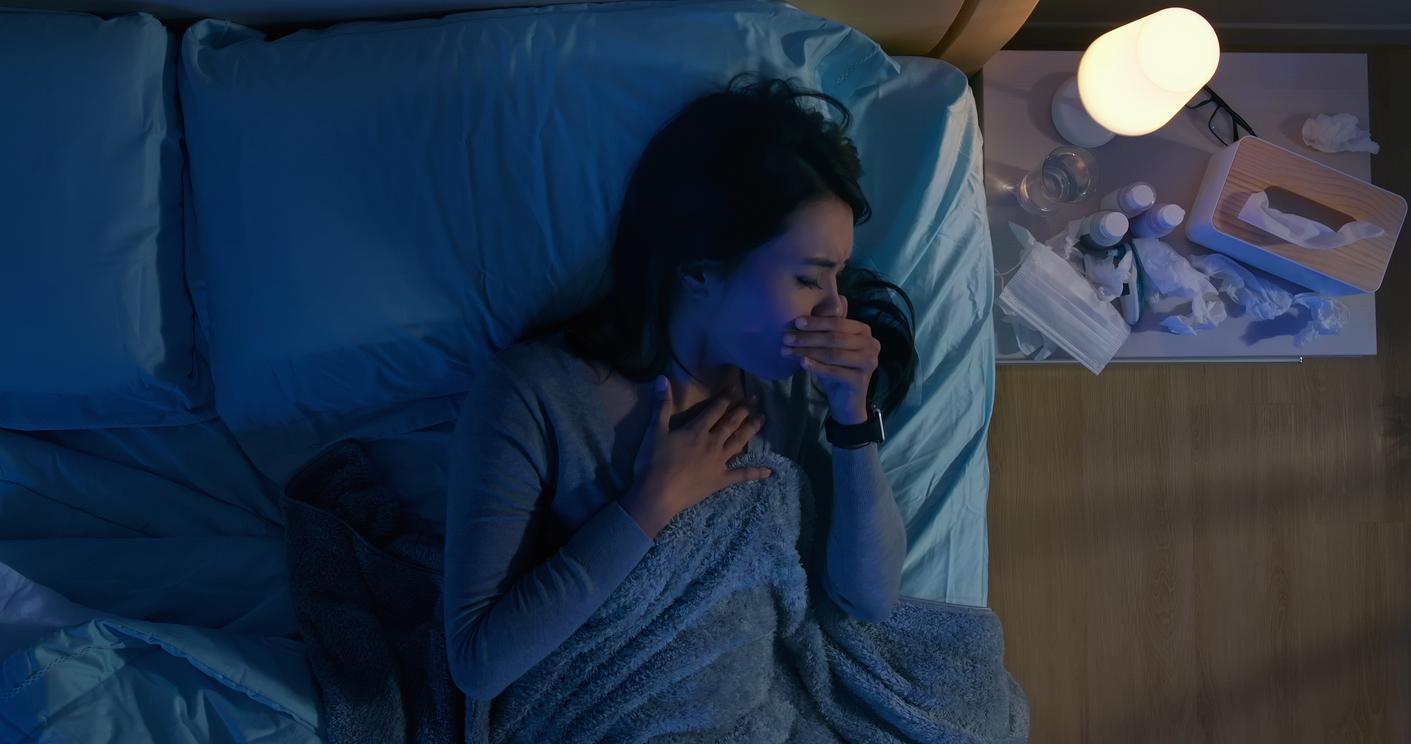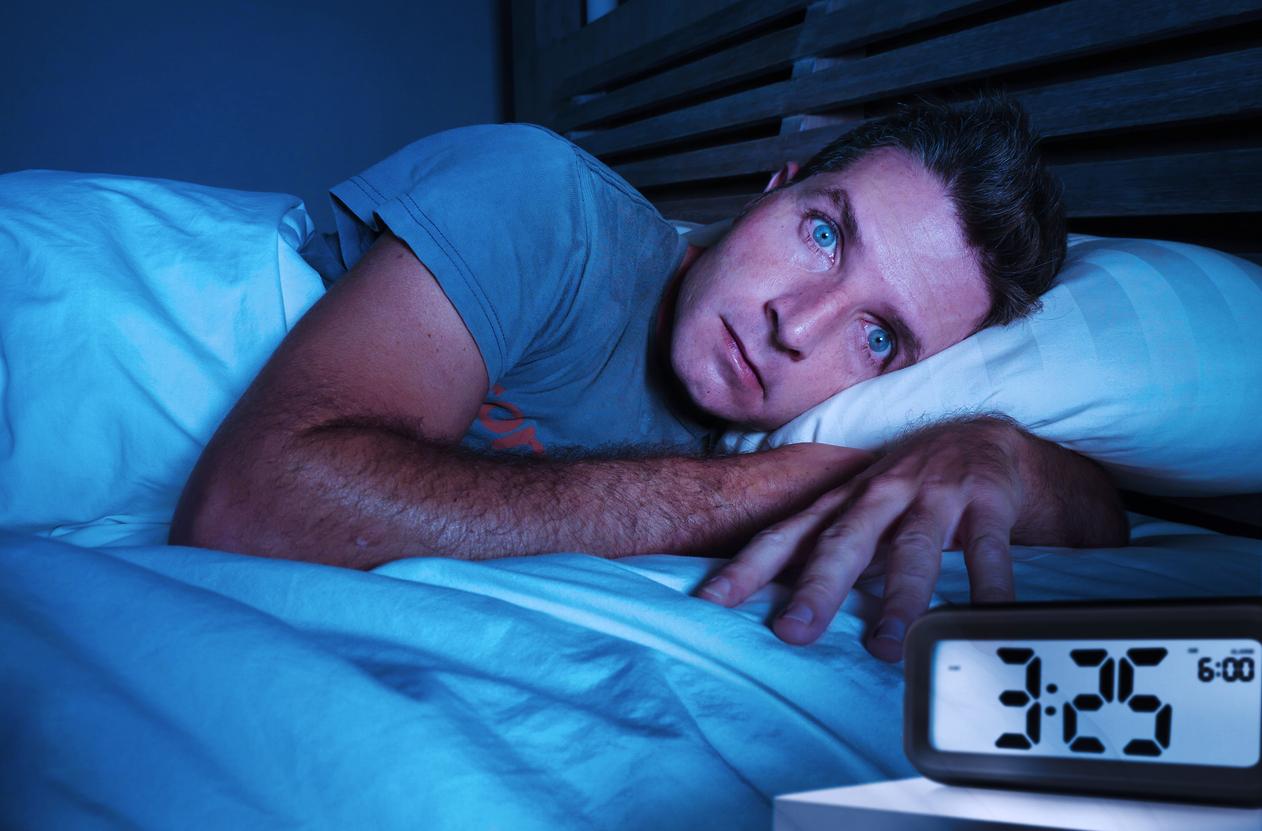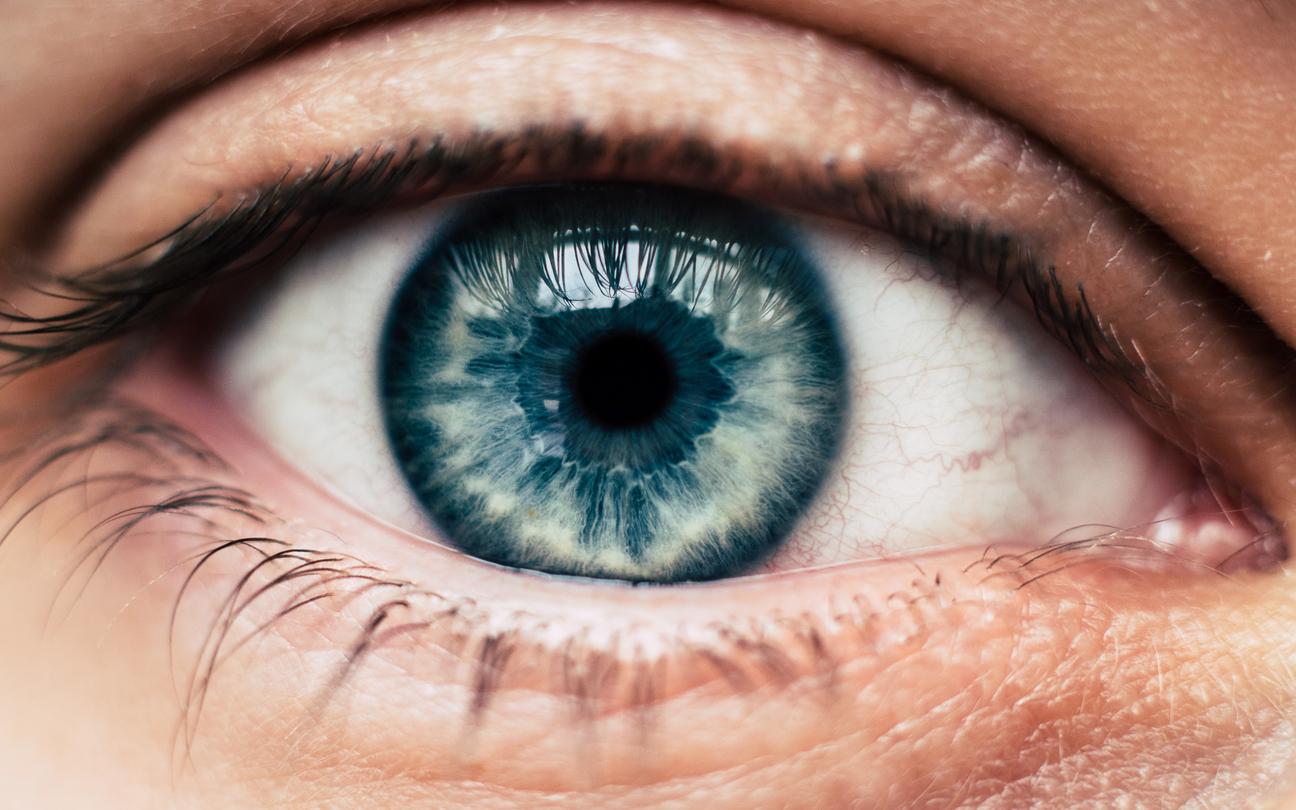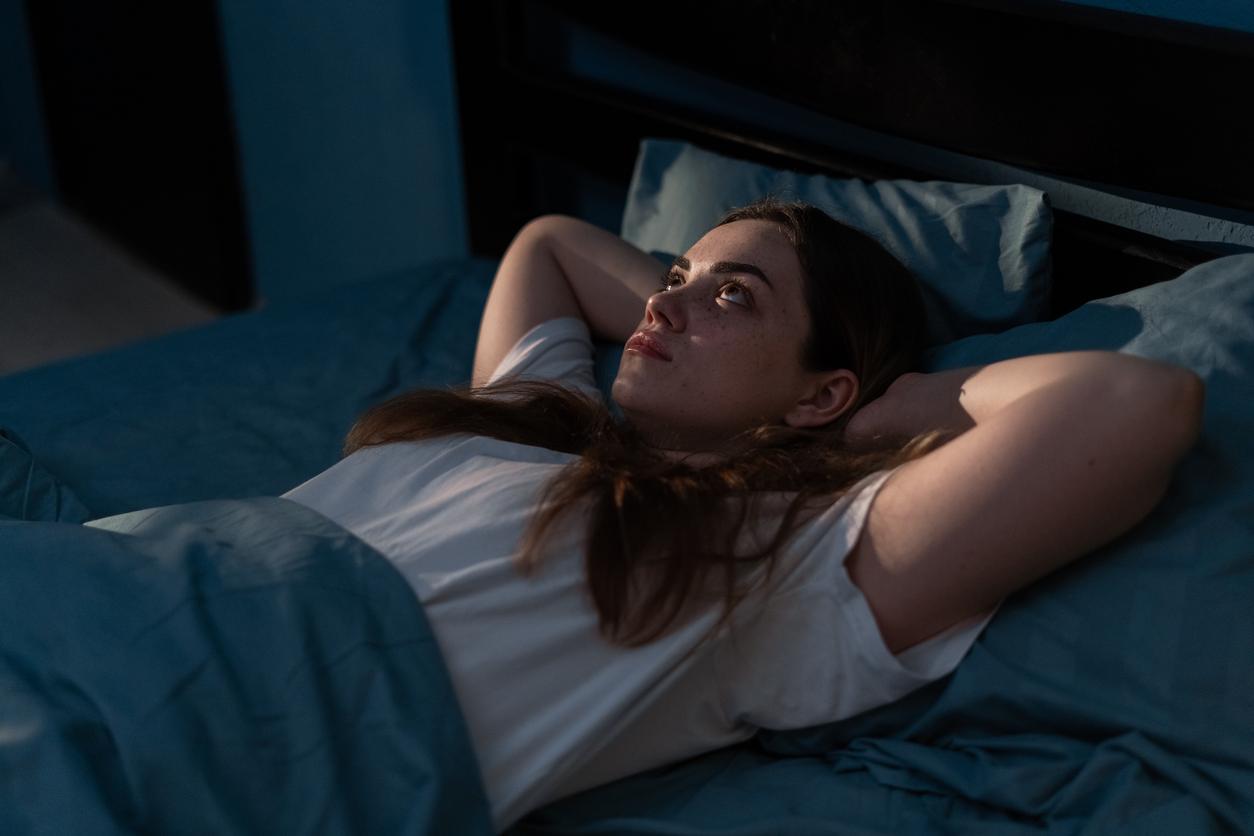The falling asleep phase is conducive to creativity. Taking short naps, without sleeping too deeply, could therefore be a way to stimulate your creativity.

- 13% of 25-45 year olds consider that sleeping is a waste of time according to Inserm.
- Sleep consists of 3 to 6 phases, 60 to 120 minutes each. During each cycle, there is an alternation between slow and REM sleep.
What if we were more creative with a little nap? A team of French researchers wanted to answer this question, focusing more particularly on the sleep onset phase. According to them, this period would increase creativity! Their results have just been published in the journal Science Advances
Showing the importance of sleep to the public
“The falling asleep phase has until now been relatively neglected by cognitive neuroscience, explains Delphine Oudiette, researcher at Inserm and last author of the study, in a communicated. This discovery opens up an extraordinary new field for future studies, particularly of the brain’s mechanisms of creativity. Sleep is also often seen as a waste of time and productivity. By showing that it is in fact essential to our creative performances, we hope to reiterate its importance to the public”.
Historical figures who take naps to boost creativity
The idea for this study comes from a legend: the inventor Thomas Edison – but also Albert Einstein or Salvador Dali – would have always taken short naps to stimulate his creativity. To stay only in the sleep phase and wake up when his creative ability was the best, he rested with a metal ball in his hand. Thus, when he passed the stage of falling asleep and was going to enter that of sleep, this one fell to the ground and woke him up! He could therefore write down the ideas he had just had!
Three times more likely to solve a math problem
To determine if this phase of falling asleep had a link with creativity, the researchers conducted their experiment on 103 participants. Everyone had to solve a math problem for the first time. The solution could easily be found if one knew a math rule. But if they failed on the first try, they had to take a twenty-minute nap under the same conditions as Thomas Edinson. Results : “Spending at least 15 seconds in this very first phase of sleep after falling asleep tripled the chances of finding this hidden rule, by the effect of the famous “Eureka!”, explains Célia Lacaux, first author of the study. This effect disappeared if the subjects fell deeper into sleep.”
The researchers thus believe that the reputation of this phase of sleep is beautiful and very real: it is conducive to creativity! But be careful, to get there, you must not fall asleep too deeply… Do not hesitate to take naps with a metal ball or any other object heavy enough to make noise when falling!
.















